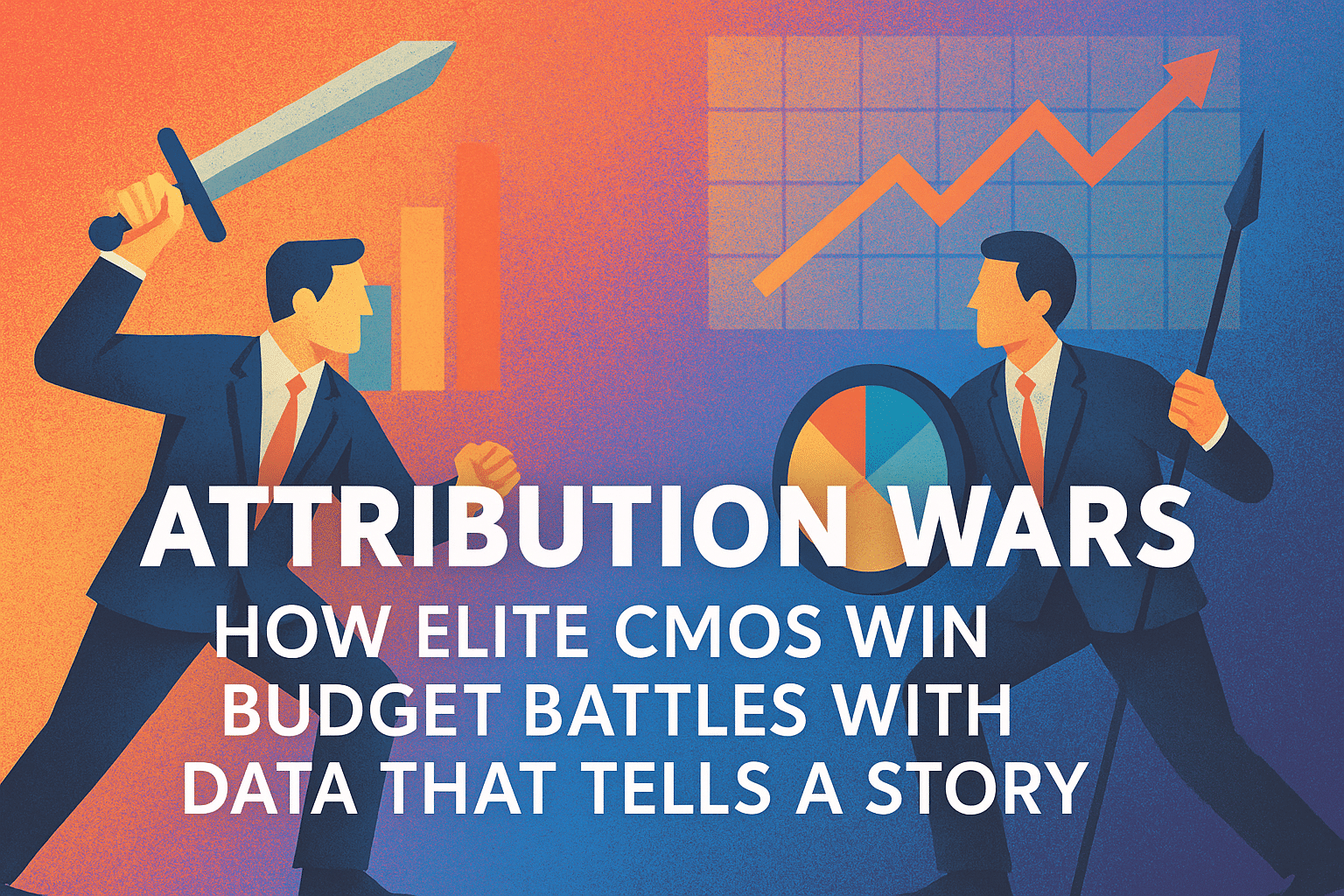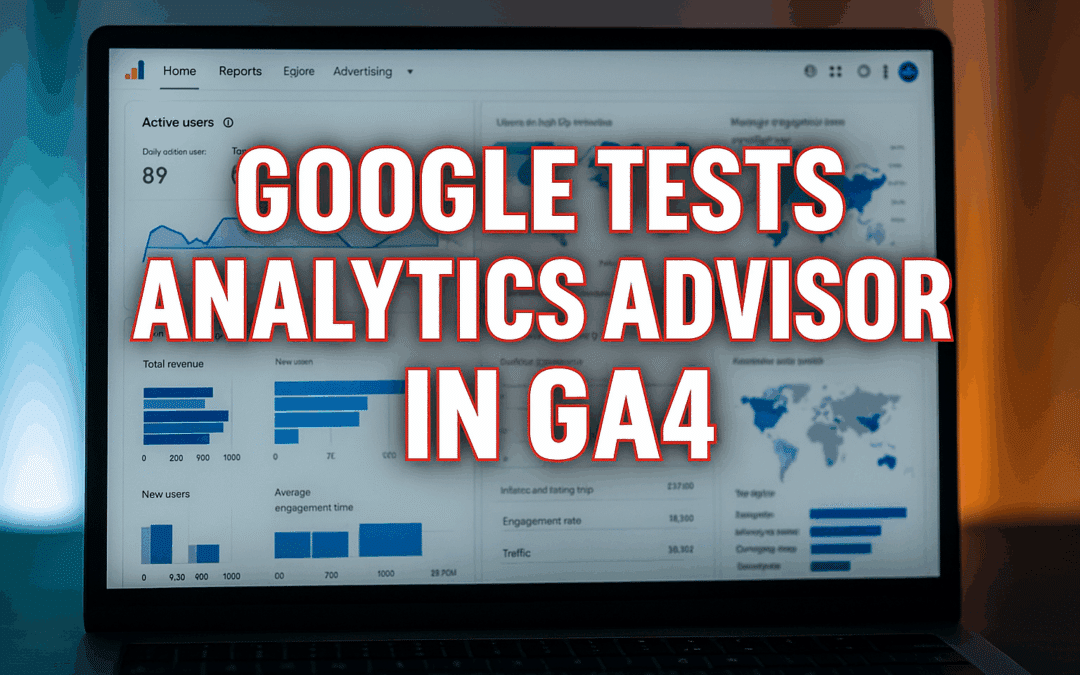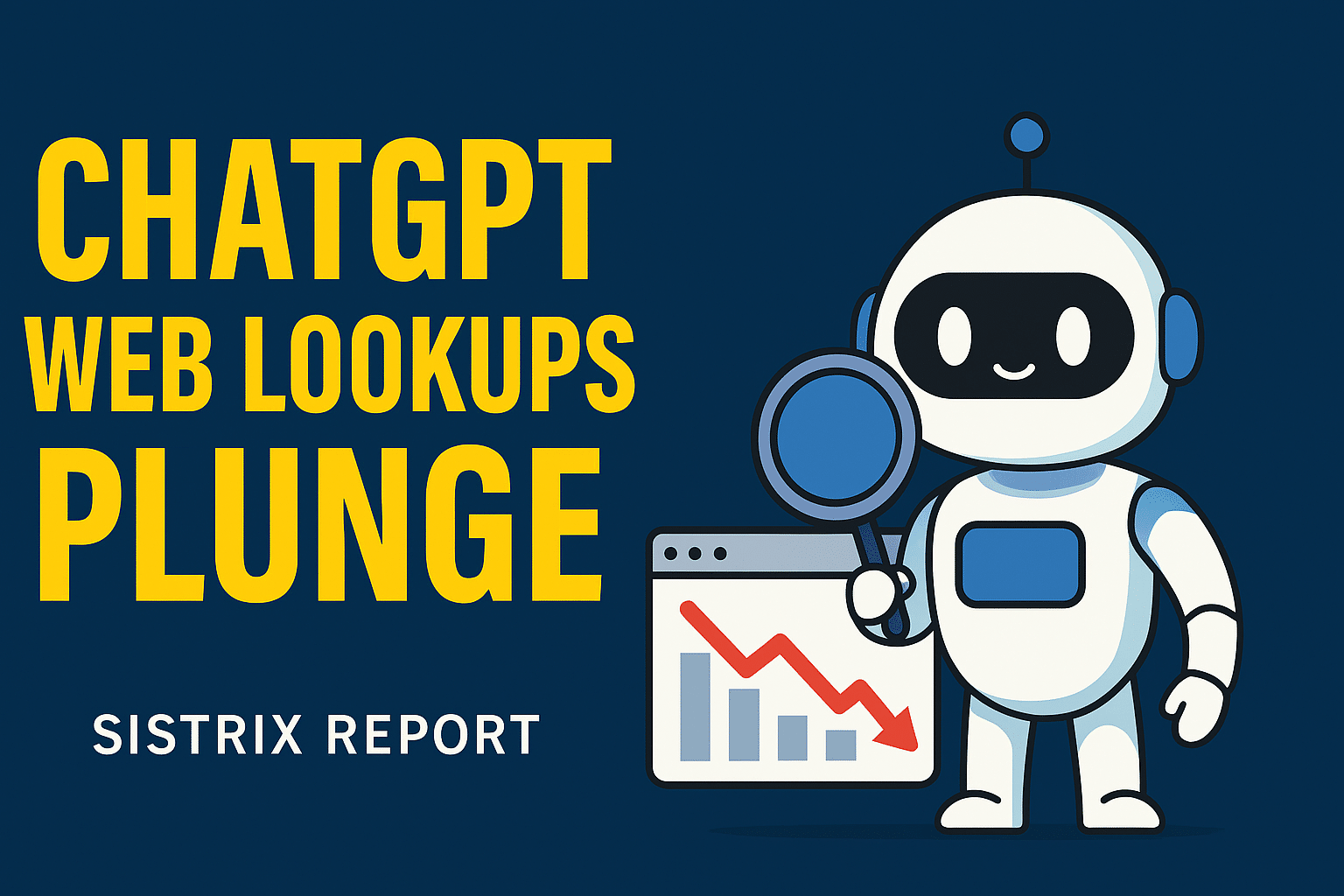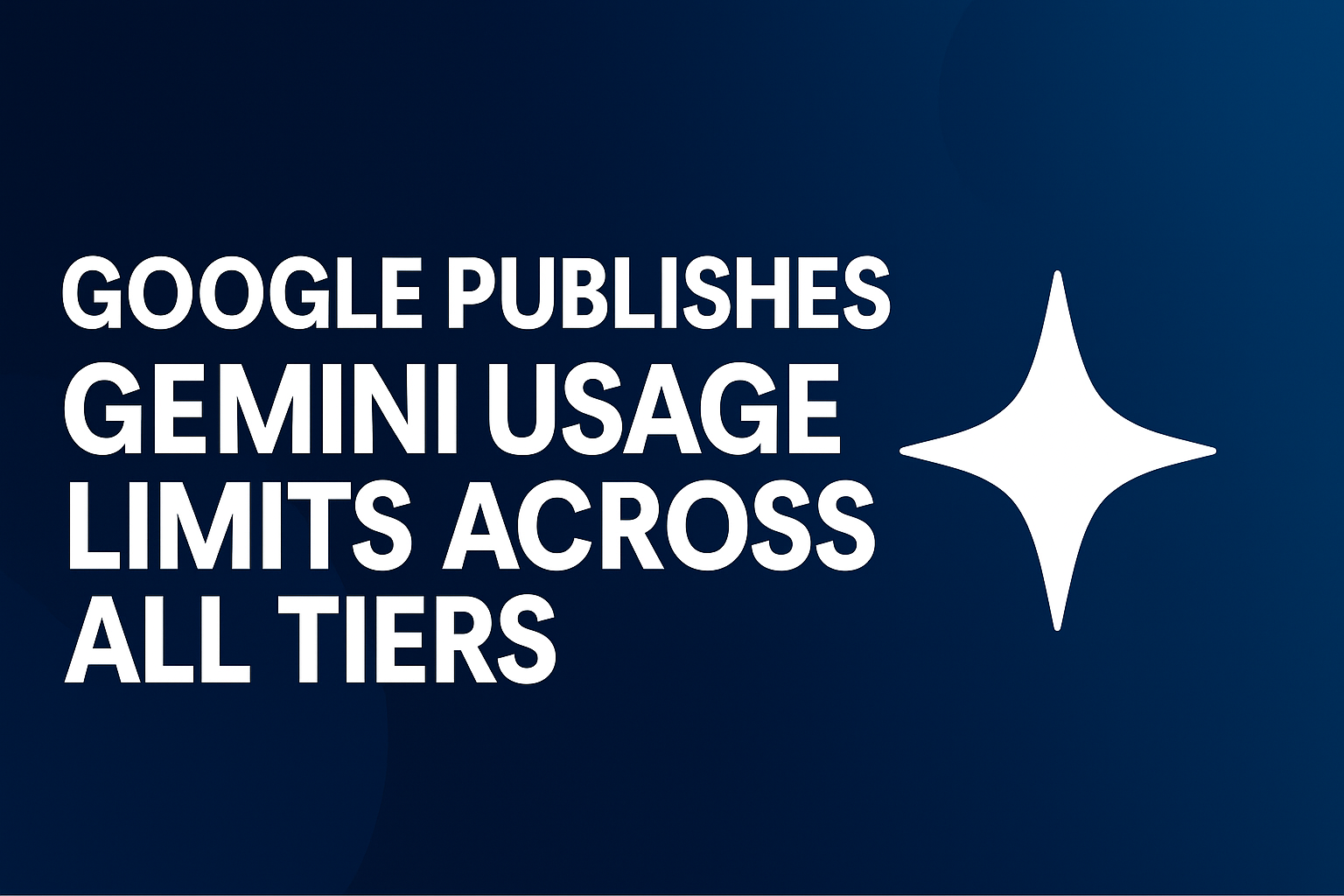Attribution Wars: How Elite CMOs Win Budget Battles with Data That Tells a Story
Introduction: The High-Stakes Game of Marketing Attribution
Modern CMOs don’t just drive growth—they defend it. And nothing triggers boardroom debate faster than marketing attribution. When channels overlap, sales cycles lengthen, and customer journeys splinter across platforms, proving what’s actually working becomes more art than science.
But elite CMOs know attribution is not about chasing perfect accuracy. It’s about constructing credible narratives from imperfect data—and using those narratives to win resources, respect, and revenue.
This guide is built for CMOs, marketing VPs, and revenue leaders in complex environments: high-ticket B2B, multi-touch B2C, hybrid GTM motions, and long sales cycles. If you’ve ever had your budget questioned because “it didn’t show up in Salesforce,” this playbook is for you.
The Attribution Illusion: Why Most Models Break in the Real World
Every CMO has been there: a finance stakeholder pulls up the CRM, filters opportunities by lead source, and declares that paid search drove 80% of revenue.
Except that’s not true.
Because it ignores:
- The content that educated the buyer
- The social ads that built awareness
- The podcast interview that seeded trust
- The six other touches that led to form fill
Most attribution models (last click, first touch, linear) are directionally useful—but dangerously misleading when isolated.
Why?
- Multi-device behavior obscures tracking
- Cookie deprecation weakens pixel-based models
- Offline events (calls, meetings, trade shows) go unlogged
- Dark social and peer referrals are invisible
The truth is: marketing doesn’t work in silos, and neither should attribution.
The Mindset Shift: From Precision to Persuasion
Elite CMOs don’t pretend attribution will ever be perfect. Instead, they focus on persuasive sufficiency—assembling enough credible, triangulated data to support smart decisions and defend budget.
You don’t need to prove ROI down to the dollar. You need to:
- Show directional impact
- Correlate spend with pipeline lift
- Attribute influence, not just origin
- Use anecdotes when data is incomplete
Persuasion trumps precision in boardrooms. Especially when paired with:
- Storytelling
- Competitive benchmarks
- Sales anecdotes
- Year-over-year trends
The CMO’s Attribution Framework: A Layered Approach
Modern attribution isn’t a report. It’s a system. And it must include both qualitative and quantitative layers.
Layer 1: Platform Data
- GA4 assisted conversions
- HubSpot/Marketo first/last touch fields
- CRM campaign influence reports
- UTM tracking + form logic
Layer 2: Channel-Level Analytics
- LinkedIn/Facebook in-platform reporting
- Email open/clicks by segment
- Podcast download and drop-off rates
- Video engagement metrics (YouTube, Wistia)
Layer 3: Sales Intelligence
- Gong call analysis for marketing mentions
- SDR notes about prospect behavior
- Self-reported “How did you hear about us?”
- Win-loss interviews
Layer 4: Strategic Synthesis
- Funnel modeling (e.g., % of closed-won deals that engaged with content)
- Blended CAC comparisons
- Cohort performance analysis
- Competitive channel mix benchmarking
Together, this paints a picture. Not perfect—but powerful enough to drive planning and protect spend.
Attribution Models Decoded: What to Use When
| Model | Best For | Watch Out For |
|---|---|---|
| First-Touch | Brand campaigns, early-stage programs | Ignores mid-to-late funnel impact |
| Last-Touch | Direct response, paid search | Undervalues upper funnel |
| Linear | Long journeys with lots of nurturing | May over-credit low-value touches |
| Time-Decay | B2B with long sales cycles | Complexity may confuse stakeholders |
| Position-Based (U-Shaped) | Balanced journeys | Needs precise CRM data to work |
| Custom/Algorithmic | Large orgs with data science teams | Requires constant calibration |
Elite CMOs often use a blend of models—especially when presenting to different stakeholders. Finance may favor time-decay. Sales may resonate with position-based. The CMO must choose the model that best tells the story the room needs to hear—without distorting the truth.
Budget Defense: Making Attribution Your Ally
When budget season rolls around, attribution data becomes ammo. CMOs must:
- Tie spend to pipeline (not just traffic)
- Translate metrics into business language
- Show cost-per-result vs. cost-per-channel
- Forecast future results from past investment
Pro tips:
- Use regression analysis to model marketing contribution
- Show “lift” in regions, segments, or cohorts with full-funnel programs
- Present test vs. control results (e.g., regions with/without ABM)
- Break down CAC by program—not just by channel
This reframes marketing from cost center to growth engine.
What Elite CMOs Present to the Board
CMOs who win budget battles don’t show dashboards—they show narratives.
Slide examples:
- “Marketing Influenced Pipeline by Segment”
- “Blended CAC vs. Target CAC”
- “Content Touchpoints Across Closed-Won Deals”
- “Revenue per Channel, Adjusted for Time-to-Close”
- “Quarterly Spend Efficiency Trends”
Support every slide with:
- A clear insight
- A business implication
- A confident recommendation
Remember: data without direction is just noise.
Dark Social & Self-Reported Attribution: Surfacing What Tools Miss
CMOs are waking up to the blind spots in attribution. Dark social (LinkedIn comments, Slack groups, DMs) is real—and so is influence you’ll never track in a dashboard.
That’s why forward-thinking marketers are embracing self-reported attribution forms.
Examples:
- “How did you hear about us?” (open text)
- “What made you reach out today?”
Yes, it’s messy. But it surfaces:
- Podcasts
- Communities
- Word-of-mouth
- Untracked ads
Pair it with tools like HockeyStack or Dreamdata to triangulate what software can’t.
Conclusion: Attribution is Not an Answer—It’s an Argument
You will never have perfect attribution. That’s not the goal.
The goal is to:
- Build compelling narratives
- Combine data with intuition
- Align your models with your audience
- Use insights to drive better decisions—not just reports
CMOs who master attribution don’t chase certainty. They lead with clarity, credibility, and confidence.
Want with Marketing Attribution? Contact FuelOnline to speak with our strategic marketing consultants.






